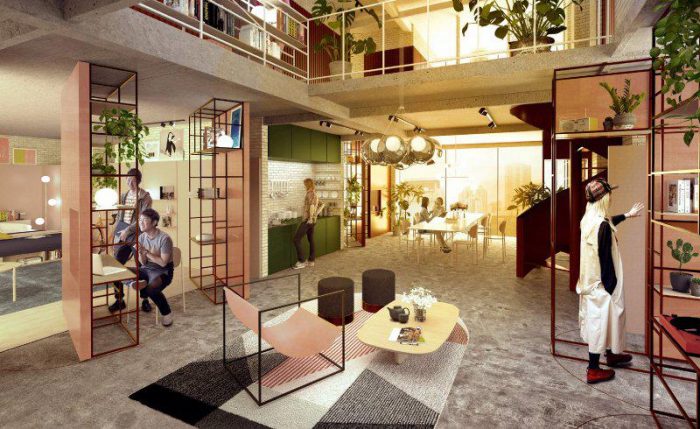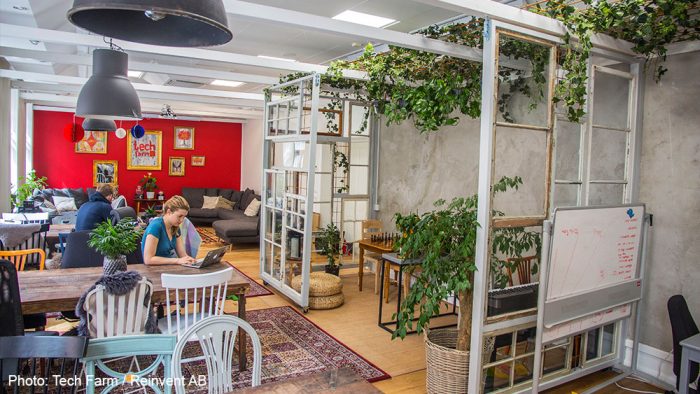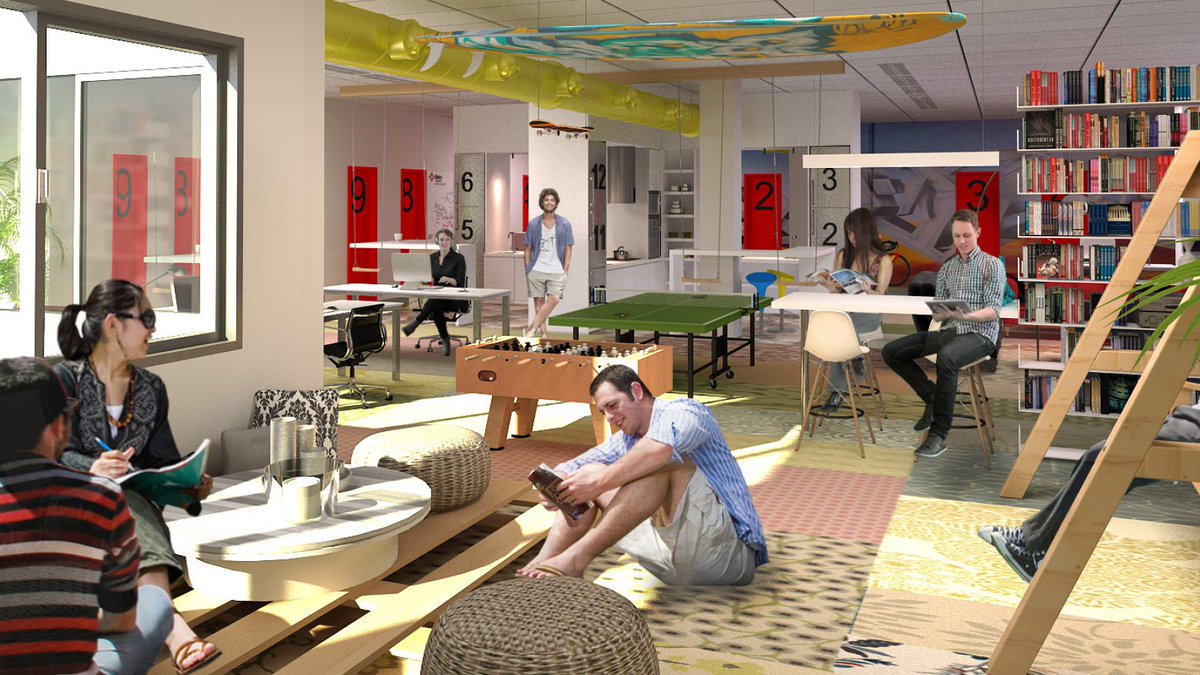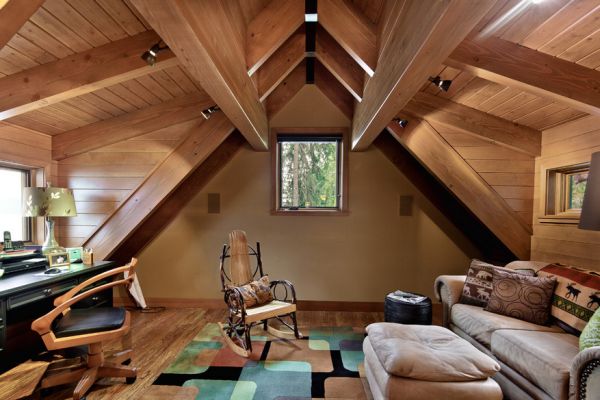The last couple of years has seen a large movement, primarily among millennials, toward a low-maintenance and streamlined lifestyle that includes more play and travel than the settling down and accruing wealth model of previous generations.
This is why coliving and coworking spaces have taken off in such a big way. The appeal of short-term living spaces and the sharing of time and resources with many like-minded community members provides an answer to the feelings of loneliness and isolation that comes with moving often and finding one’s feet in a big new city.
1. Coliving is Changing the Way We Work
Along with coliving has come the advent of coworking, a model built on a value system of community, collaboration, added efficiency, and cutting back and wasted resources. These values have been found to improve overall work satisfaction, and the cost-saving benefits are great for the bottom line.
2. Coliving is Changing the Way We Design Houses
In facing the challenge of loneliness and social isolation, creating coliving spaces offers designers new opportunities to incorporate design principles and areas that encourage interactions, conversations, and furthers the community mindset.

It’s more than about figuring out how to squeeze more bed into less space, but more about considering architecture that optimizes shared and individual spaces, and uses energy-efficient methods that serves not only the household but the community at large. Architectural design for coliving spaces affords us the opportunity to confront climate change and social issues and improve the way future living spaces are designed for all.
3. Coliving is Making Housing Affordable Again
As the sharing economy grows and the coliving industry continues to scale, further innovations will incorporate grading and review systems which will make finding affordable spaces with decent quality standards a breeze.

By pooling resources, all coliving community members are able to afford a higher quality of life than they would all on their own, however the levels of luxury, quality, and associated costs will differ from coliving space to coliving space, and the variance needs to be documented and made easily accessible to the public.
4. Coliving Strengthens Communities
While it is true that social bonds cannot be commodified, it is clear that a side-effect of coliving and coworking groups is the lasting sense of community and camaraderie that is created. As the trend grows and these ready-made communities continue to form at scale, diverse groups can be participate in initiatives focused on building a sense of shared decision-making and contributing which promote the collectivist mindset.
5. Coliving is Redefining the Property Market
It has become abundantly clear despite vast government spending that the housing market is in crisis. The idea of purchasing property as a form of long term wealth generation is being scrapped in favor of providing much needed affordable short-term and flexible solutions. Coliving models have allowed property owners to look at their assets in a whole new way, and we should expect to see the property market continually shifting further toward this fresh perspective.






